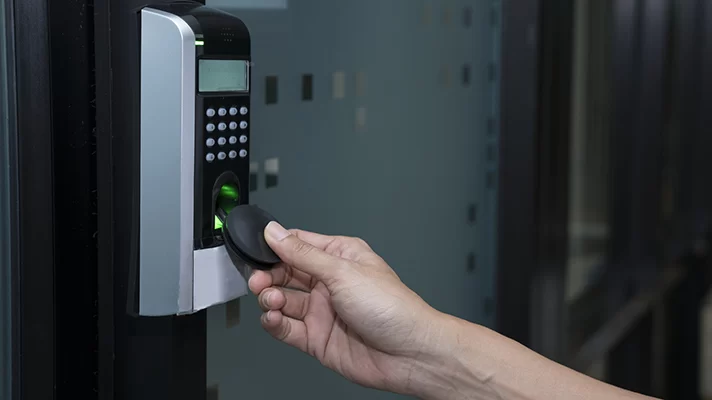RFID Technology: The Key to Modernizing Your Library Operations
In today's digital era , libraries must adapt to meet the changing needs and expectations of their patrons. One way to do this is by adopting Radio Frequency Identification (RFID) technology. RFID technology has already revolutionized many industries, including retail, transportation, and healthcare, and now it's high time for libraries to take advantage of its many benefits and serve the user community more efficiently.
What is RFID technology?
RFID technology is a wireless communication technology that uses radio waves to identify and track objects. In the case of libraries, RFID tags are embedded in library materials such as books, CDs, and DVDs, and these tags can be read by RFID readers located throughout the library. Each tag contains a unique identifier that can be used to track the item's location, circulation status, and other information.
How can RFID technology revolutionize library operations?
Role of RFID technology in improving the circulation of library
RFID technology can greatly improve the circulation process in your library. Traditional checkout and check-in processes can be time-consuming, with staff members having to manually scan each item's barcode. With RFID tags on your materials, staff can quickly and accurately check out and check in materials. Patrons can also use self-checkout machines to borrow and return materials, reducing wait times and improving the overall user experience. Additionally, RFID tags can help with automated sorting of returned items, freeing up staff members to focus on other tasks.
Managing inventory with RFID technology
RFID technology can also improve inventory management in your library. RFID readers can quickly scan shelves and identify missing or misplaced items. This makes it easier for staff to locate materials and ensures that your collection is up-to-date and complete. With real-time inventory tracking, librarians can easily monitor the status of materials, identify areas for collection development, and reduce the need for manual inventory audits.
Enhancing the security of your library with RFID technology
RFID technology can also greatly improve the security of your library. RFID tags can be used to trigger alarms if a patron tries to leave the library with a tagged item that hasn't been properly checked out. This helps to deter theft and ensures that your collection stays in the library where it belongs. Additionally, RFID tags can help identify lost or stolen items, reducing the need for manual searches and investigations.
Improving accessibility with RFID technology
RFID technology can also make your library more accessible to patrons with disabilities. RFID readers can be used to identify materials that are located on high shelves or in other hard-to-reach areas. Staff can then retrieve these materials for patrons who may have difficulty accessing them on their own. Additionally, RFID technology can be used to assist with the circulation of large print or audio materials, ensuring that patrons with visual impairments have access to the same materials as other patrons.
Data Analytics
RFID technology can also help librarians make data-driven decisions. By tracking the circulation and usage of materials through RFID tags, librarians can gain valuable insights into which materials are most popular, how often materials are checked out, and which materials are not being used. This information can be used to inform collection development decisions, identify areas for programming and outreach, and ensure that your library is meeting the needs of your community.
Cost Savings
Finally, RFID technology can help your library save money. While the initial investment in RFID technology can be significant, the long-term cost savings can be substantial. RFID technology can reduce labor costs associated with circulation, inventory, and security, freeing up staff members to focus on other tasks. Additionally, RFID technology can reduce the need for manual inventory audits, saving time and resources.
In a nut shell, RFID technology is very essential in modernizing and making your library operations more efficient .It tremendously improves the user experience and saves a lot of time and cost for both the librarians and patrons. RFID technology is a boon that can help you meet the rapidly changing needs of the modern world.
#rfidforlibrary #rfidtechnology #rfid #rfidlibrary #rfidtags



